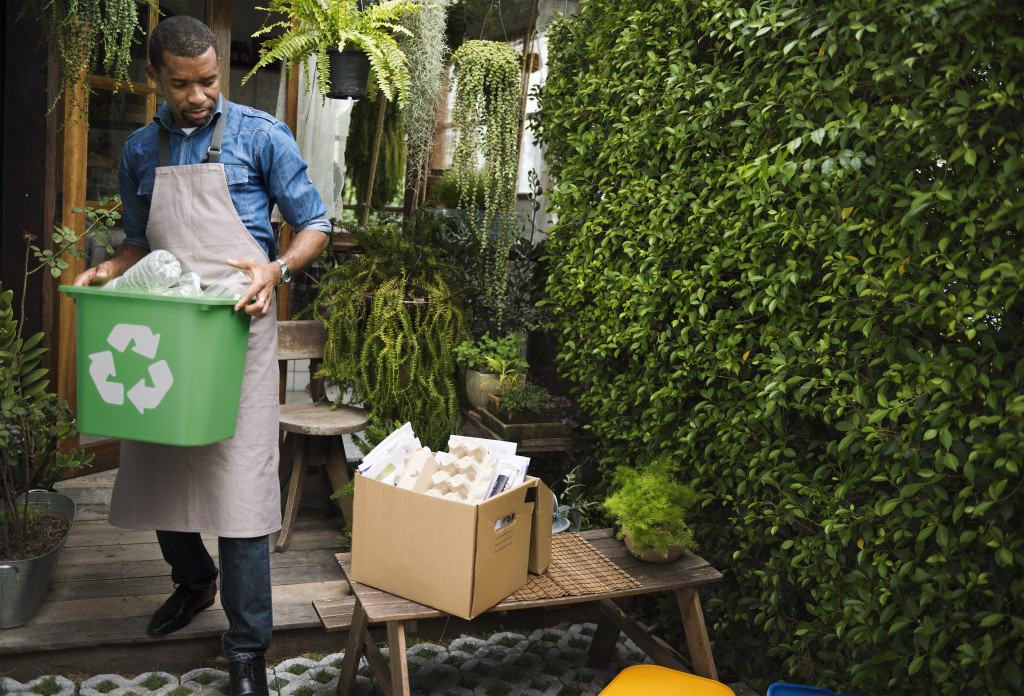Climate change and the depletion of resources are real. According to a report by the Global Footprint Network, humanity uses natural resources 1.7 times faster than what the ecosystem can regenerate.
With the ongoing environmental crisis comes the opportunity for people to adopt actions for a sustainable living so that they can reduce their carbon footprint.
Why Switch to Sustainable Living?
Sustainable living is the practice of changing your lifestyle so that it’s not heavily dependent on natural resources. Usually, it involves choosing not to consume a product or changing how you do a daily task.
For several people, switching to sustainable living can be overwhelming. However, the change offers benefits, like:
Changed carbon footprint
Relying on renewable resources reduces your carbon footprint and preserves the beauty of the environment.
Reduced landfills
Committing to sustainable living means refraining from buying products that stay on the landfills. Using recyclable materials prevents an overflow of landfills that could cause further damage to the environment.
Reduced wasteful spending
Spending money might not seem harmful, but unnecessary spending leads to bad habits that increase debt and make it difficult for you to save for the future. Sustainable living allows you to spend only on what is necessary, helping you save money.
Ideas to Start Sustainable Living
With so many tips on sustainable living, changing your lifestyle can seem overwhelming. Here are a few steps you can take to get started:
#1: Household Energy Use
Reducing your household energy use involves turning off lights and appliances when they’re not in use. For longer-term energy conservation, consider buying and installing energy-efficient appliances. You can also think of switching to residential solar energy to harness renewable energy and save on energy bills.
#2: Go local
Shopping in supermarkets may be convenient because most of the items are available at any time. However, the products consumed vast amounts of fossil fuel energy to get from their place of origin to the supermarket.
On the other hand, products from the local market come from nearby farms, so they didn’t consume a considerable amount of energy. They also are of the same quality as the products you buy from the supermarket, if not better.
#3: Ditch disposables
Several environmental issues come from the toxins released to the environment by the waste in landfills. The majority of waste comes from single-use products like plastic bags, straws, and food storage containers.
When buying an item, consider its life expectancy, especially its packaging. Invest in reusable products for things you usually throw away.
#4: Consider recycling, repurposing, or donating

For items that you no longer need, consider extending their lives by donating or reselling them. You’ll find various platforms and organizations that will resell and redistribute the things to those who need them.
If you’re into do-it-yourself, think of ways you can repurpose your items. For example, you can turn an old ladder into a bookshelf or transform old bottles into pendant lamps.
It may be daunting to switch to sustainable living, but the efforts are worth it when you do. Not only will you be consuming what matters, but you’ll also be reducing your carbon footprint and helping the environment.

